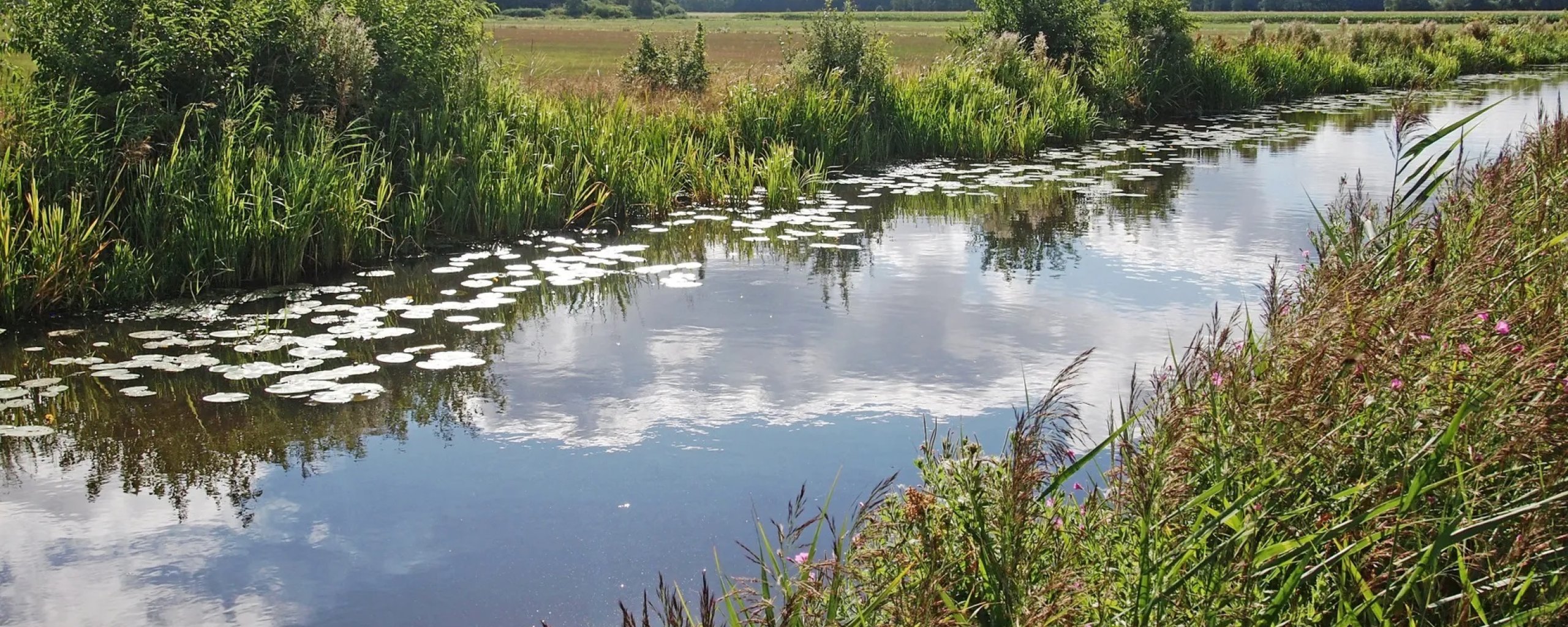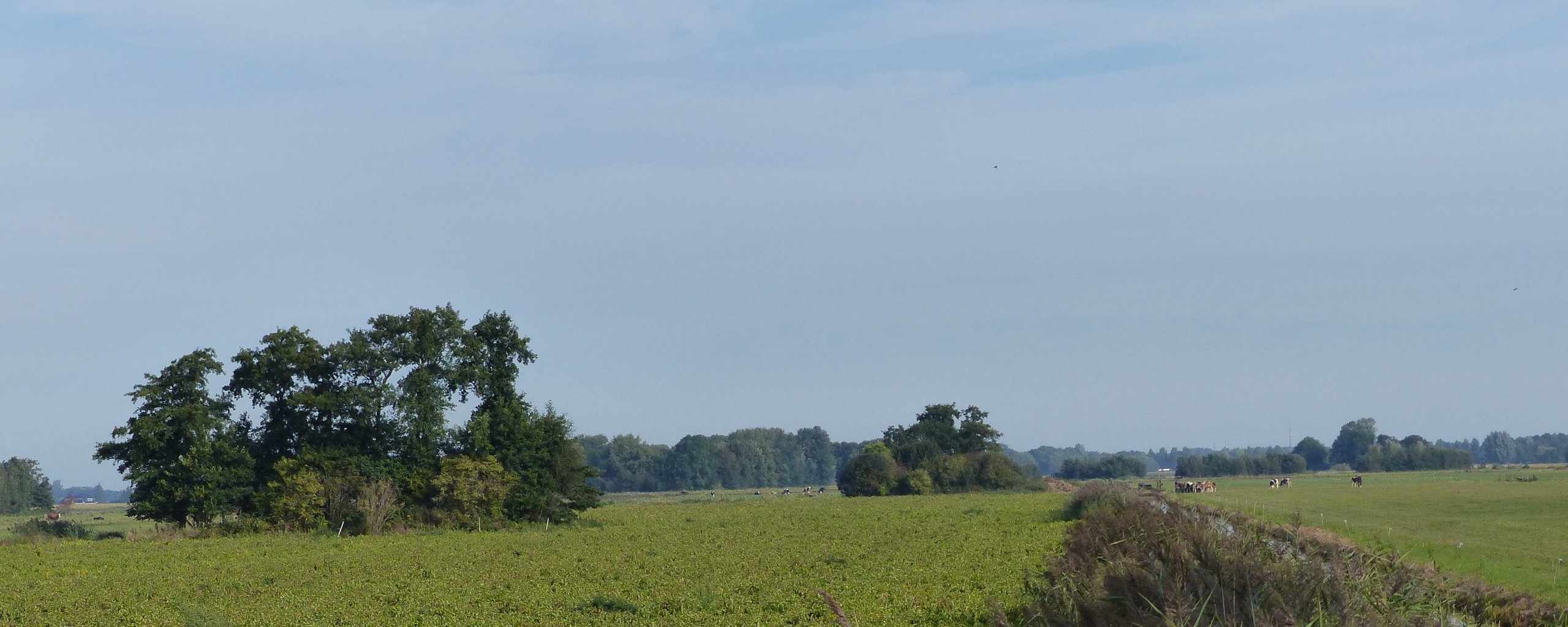
Archaeology
Archaeology (Greek: αρχαιος - ancient, from ancient times, λόγος - doctrine, knowledge) or Archaeology deals with the study of human actions in the past by means of the material objects and traces that people left behind in the soil during or after their actions. This set of objects and traces is called the archaeological heritage. The practical side consists of fieldwork and find processing, the theoretical side of analysis and interpretation with the common goal of telling the story of the past.

Municipality of Opsterland with its stream valley 't Koningsdiep represents a special area from an archaeological point of view. Numerous finds point to the presence of many cultures that lived here in the distant past. Think of the hunter-gatherers who lived here on the banks of the Koningsdiep. This regularly led to new scientific insights: 'our' 115,000-year-old fist axe from Wijnjeterp proved for the first time that Neanderthals were present in the northern Netherlands, the 13,000-year-old find from Ureterp received national acclaim as the largest find site, and the tools found from the 12,000-year-old Creswell culture showed us that this culture, usually seen in England, had also left traces far to the east, giving insight into migration patterns. Recently a new chapter has been added with a find from the 9,500-year-old Ahrensburg Culture, which until now we know mainly from the southern Netherlands.
Since the Archaeological Preservation Act (Wamz), municipalities have been largely responsible for preserving their valuable soil archives. Duties and powers in the field of archaeological preservation of monuments were then decentralized to the municipal level. Statutory duties of the municipality include adequately protecting the soil archive and providing current information to initiators when applying for permits, for example.

